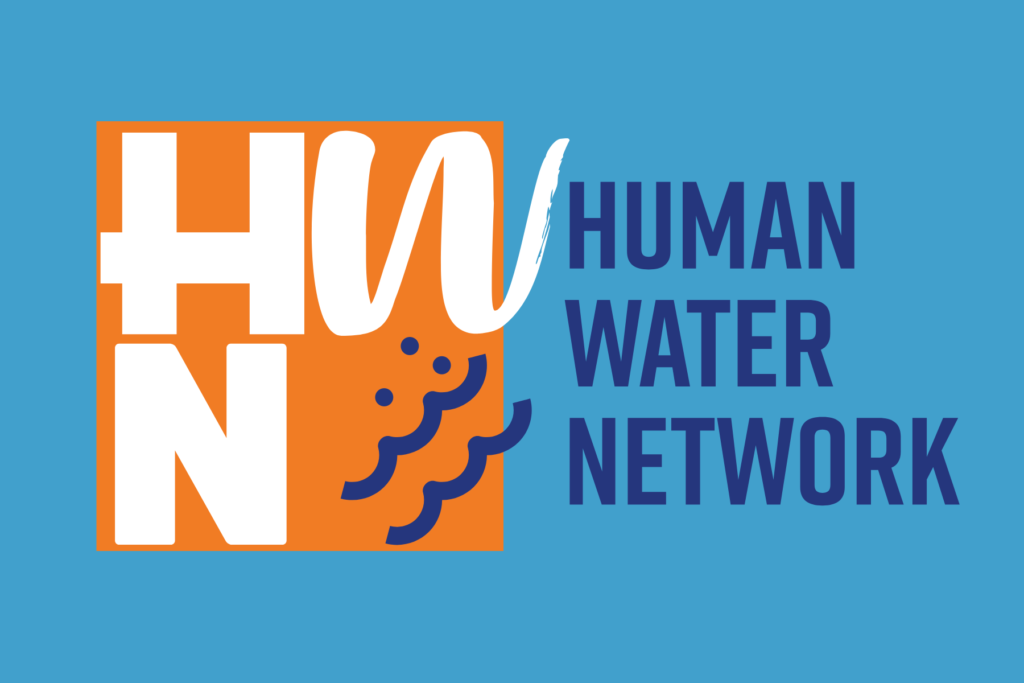Convenience and Responsibility to Promote Sustainable Practices
Sustainability has become a central concern in the 21st century as societies grapple with the consequences of environmental degradation, climate change, and resource depletion. The perceived conflict between convenience and environmental responsibility is a significant barrier to adopting sustainable practices. However, these two concepts need not be mutually exclusive. By fostering innovation, aligning incentives, and promoting education, societies can effectively bridge the gap between convenience and responsibility to encourage sustainable practices.
The Role of Convenience in Consumer Behavior
Convenience plays a critical role in shaping consumer behavior. People are often drawn to options that save time, reduce effort, or simplify decision-making. For example, the popularity of single-use plastics and fast fashion is mainly due to their ease of use and accessibility. Unfortunately, these conveniences frequently come at a significant environmental cost, contributing to pollution and resource depletion.
Addressing the underlying drivers of consumer behavior is essential to promoting sustainable practices. When sustainable options are as convenient as or more convenient than their unsustainable counterparts, people are more likely to adopt them. For instance, reusable shopping bags have gained popularity due to environmental awareness and because they are durable, practical, and often incentivized by businesses and governments. This shift towards sustainability benefits the environment and empowers individuals, giving them a sense of control over their impact on the planet.
Innovation: Making Sustainability Convenient
Innovation is a powerful tool for reconciling convenience with responsibility. Businesses can encourage sustainable behavior without requiring significant lifestyle changes by designing products and systems prioritizing ease of use and environmental stewardship.
One example is the rise of electric vehicles (EVs). Initially, EV adoption was hindered by limited infrastructure and high costs. However, technological advances and the expansion of charging networks have made EVs more convenient for consumers. Today, many EVs offer performance comparable to or better than traditional gasoline-powered cars, while government incentives further reduce barriers to adoption. Similarly, subscription-based services for products like clothing or household goods promote reuse and recycling, offering consumers an effortless way to participate in sustainable practices.
Another innovation is the development of biodegradable and compostable materials. Companies that replace single-use plastics with sustainable alternatives make it easy for consumers to make environmentally friendly choices without sacrificing convenience. Such innovations highlight the potential for integrating sustainability into everyday life.
Aligning Incentives for Sustainable Choices
Incentives play a crucial role in driving behavior. Governments, businesses, and communities can align incentives to make sustainable practices more appealing and accessible. Financial incentives, such as tax breaks for solar panel installation or subsidies for public transportation, reduce the economic barriers to adopting sustainable technologies and habits.
Retailers can also contribute by offering discounts or rewards for sustainable behavior. For instance, many coffee shops provide discounts to customers who bring reusable cups, simultaneously reducing waste and promoting sustainable habits. These incentives encourage individual responsibility and signal the importance of sustainability as a collective value.
Furthermore, policy interventions can discourage unsustainable practices by making them less convenient. Plastic bag bans, for example, have been implemented in many regions to reduce waste. While such measures may initially seem inconvenient, they often lead to lasting behavioral change as consumers adapt to reusable alternatives.
The Role of Education and Awareness
Education is a cornerstone of promoting sustainable practices. When people understand the environmental impact of their choices and the benefits of sustainable alternatives, they are more likely to embrace responsibility. Awareness campaigns, community initiatives, and school programs can foster a culture of sustainability by emphasizing the interconnectedness of individual actions and global outcomes.
For example, programs that teach composting or home gardening empower individuals to reduce waste and reconnect them with natural systems. Similarly, workplace initiatives promoting energy conservation or recycling can instill sustainable habits beyond the office.
The media also plays a vital role in shaping perceptions of convenience and responsibility. Documentaries, social media campaigns, and news stories highlighting successful examples of sustainable innovation can inspire widespread adoption. By providing information and showcasing successful examples, the media can help shift cultural attitudes toward greater environmental responsibility, making the audience feel more informed and aware of the possibilities for sustainable living.
Overcoming Barriers to Change
Despite the progress made in promoting sustainability, several barriers remain. Resistance to change, misinformation, and economic disparities can hinder the adoption of sustainable practices. However, addressing these challenges requires a multi-faceted approach that combines education, policy, and innovation. By acknowledging these barriers and committing to overcoming them, we can feel motivated and determined to make sustainable choices.
One effective strategy is to focus on incremental change. For instance, encouraging people to adopt one sustainable habit at a time—such as using a reusable water bottle or carpooling—can make the transition less overwhelming. Over time, these small changes can lead to significant collective impact.
Additionally, addressing systemic barriers, such as lack of access to sustainable products or services, is crucial. Governments and businesses must work together to ensure that sustainable options are affordable and widely available, particularly in underserved communities. Equity in access to sustainability is essential for achieving long-term environmental goals.
Conclusion
Convenience and responsibility are not inherently opposing forces. Through innovation, incentives, education, and a commitment to overcoming barriers, societies can create systems that make sustainable practices easy and appealing. By prioritizing solutions that align convenience with environmental stewardship, individuals and communities can collectively address the pressing challenges of climate change and resource depletion. Fostering a sustainability culture requires recognizing that responsibility is not a burden but an opportunity to build a more resilient and equitable future.
Future Reserch Project for local Study
Introduction
Protecting oceans, beaches, and watershed areas requires a balance of accessibility and accountability. By promoting responsible use through accessible infrastructure and behavioral nudges, communities can adopt sustainable practices that minimize environmental impact. This research focuses on understanding how infrastructure improvements and subtle cues influence behaviors to ensure convenient and responsible interactions with natural resources. Using qualitative analysis, the study will explore the experiences and perceptions of community members to develop effective strategies.
Research Objectives
- Investigate how accessible infrastructure influences environmentally responsible behaviors in coastal and watershed areas.
- Explore the role of behavioral nudges (e.g., signage, incentives) in promoting sustainable actions.
- Provide recommendations for designing infrastructure and interventions that balance convenience with conservation.
Research Questions
- How do community members perceive the relationship between accessibility and environmental responsibility?
- What types of behavioral nudges effectively encourage sustainable practices in public spaces?
- What barriers exist to adopting responsible behaviors, and how can infrastructure address them?
Methodology
This research will rely on qualitative methods to gather in-depth insights:
- Interviews: Conduct interviews with local residents, visitors, and community leaders to understand their experiences with existing infrastructure and nudges.
- Focus Groups: Facilitate discussions with stakeholders to explore collective attitudes toward convenience and responsibility in public spaces.
- Field Observations: Observe how people interact with infrastructure and respond to behavioral nudges in real-world settings (e.g., beach recycling stations, watershed trail signage).
- Thematic Analysis: Analyze the collected data to identify themes and patterns related to accessibility, responsibility, and behavioral change.
Expected Outcomes
- A comprehensive understanding of the role of infrastructure and nudges in promoting sustainable practices.
- Insights into barriers to responsible behaviors and potential solutions to address them.
- Recommendations for designing and implementing accessible, environmentally conscious infrastructure in coastal and watershed areas.
Significance
Creating convenient and accessible pathways to sustainable practices empowers communities to make responsible choices effortlessly. This research will provide actionable insights into how infrastructure and behavioral nudges can be strategically designed to align convenience with conservation, ensuring long-term environmental stewardship.
Timeline and Deliverables
- Months 1-2: Recruitment of participants and development of interview and observation protocols.
- Months 3-5: Conduct interviews, focus groups, and field observations in selected sites.
- Months 6-7: Thematic analysis and synthesis of findings.
- Month 8: Final report outlining strategies for accessible infrastructure and effective nudges to promote sustainable use.
By bridging convenience with responsibility, this research aligns with our organization’s mission to inspire and facilitate sustainable interactions with the ocean, beaches, and watershed areas, empowering communities to protect these vital ecosystems.


